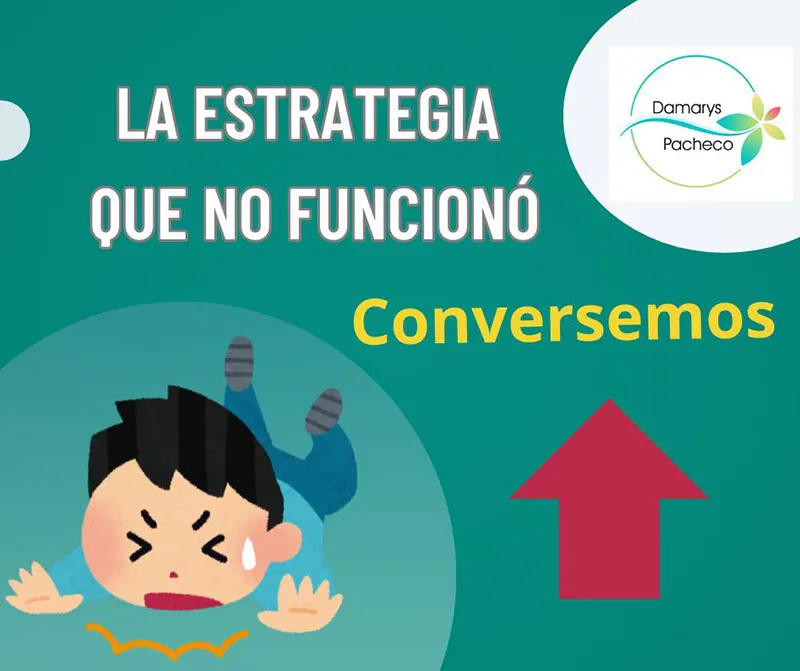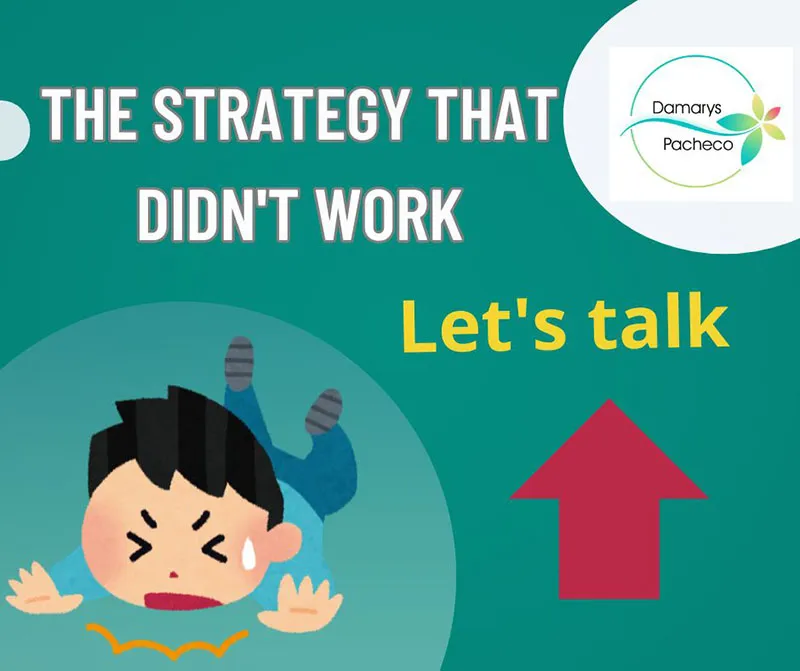
Esta semana recibí por dos vías distintas una invitación para un evento. Dichos mensajes iban acompañados de la coletilla: “Inscríbete ya, solo quedan dos cupos”. En ese momento, por varias razones, no podía inscribirme, a los pocos minutos leía en el chat que dos personas se habían inscrito.
Me quedé con la sensación de haberme perdido algo bueno, pues era un tema que me interesaba, una actividad presencial en mi ciudad y me parecía, según la publicidad, que quienes ofrecían la actividad era un equipo serio y que no ibas a perder el tiempo.
Una amiga que se inscribió y asistió, envió un audio comentando lo bien que le fue, el contenido ofrecido realmente fue valioso y que abre nuevas oportunidades para invertir con las criptomonedas. Pero hubo un detallazo en su información, ¡solo asistieron ocho personas!
Me imagino el desencanto del equipo organizador, tanto trabajo, esfuerzo e inversión y la respuesta fue tan baja. ¿Qué pasó con la publicidad?; ¿Por qué si se hizo el trabajo, el público no asistió?
El asunto me puso a pensar en esa estrategia de marketing tan conocida y aplicada como lo es el crear urgencia. La estrategia en sí misma no es mala y de hecho es una de las más usadas, se trata de crear en el posible cliente una sensación de exclusividad, al tiempo que juegas con la sensación de escasez. Por ejemplo, en el caso presentado el mensaje que me llegó decía:
“Inscríbete ya, solo quedan dos cupos”.
Es lo que los especialistas llaman desencadenar la acción, el mensaje es claro y psicológicamente perfecto, para crear la sensación de urgencia que produce la escasez o lo limitado de la oferta que te hace salir corriendo para inscribirte y no perder la oportunidad. Yo la sentí.

Entonces, en qué falló la estrategia. Me parece que la clave está en los “dos cupos”, es demasiado restrictivo, posiblemente si la publicidad se queda en una red social tan amplia como Instagram, los dos cupos se vuelven tan etéreos que nadie sabe si ya perdió la oportunidad de inscribirse y va a la acción sugerida.
Sin embargo, lo más probable y deseado es que salga de esa red y sea compartida en otras, y esto fue lo que ocurrió. De Instagram saltó a WhatsApp donde los grupos son más pequeños y sus miembros interactúan relatando sus experiencias, como efectivamente ocurrió.
Y, ¿qué pasó? Que si la persona que estando interesada no corrió a apuntarse y en su grupo ya se cubrieron las dos vacantes, pues ni intenta la acción, desplomando de esta manera la estrategia.
No deja de asombrarme el efecto negativo que puede generar una corta frase, suponiendo que en ella radique la falla, pienso en tantas cosas que tenían a su favor para llenar el aforo: un buen espacio en un conocido centro comercial de la ciudad, recursos publicitarios como franelas y gorras para obsequiar, premios a concursos y por supuesto una buena propuesta de valor. Me cuesta encontrar otra falla distinta a que el mensaje no llegó como debía llegar.
Esta experiencia me deja algunos aprendizajes, entre ellos:
El copywriting es un asunto serio que no se debe tomar a la ligera.
Una estrategia de ventas mal aplicada puede tumbar lo que se ha venido construyendo.
Crear urgencia es una buena estrategia, pero no todos los productos son susceptibles a sus beneficios.
Que cuando crees urgencias no se vean tus urgencias (desespero, ansiedad, miedo…)
Y tú, ¿has tenido u observado una experiencia similar? Conversemos sobre este tema ¿Por qué una estrategia de marketing no produce los resultados esperados?

In English

This week I received an invitation to an event in two different ways. These messages were accompanied by the tagline: "Register now, there are only two places left". At that time, for various reasons, I could not sign up, a few minutes later I read in the chat that two people had signed up.
I was left with the feeling of having missed something good, because it was a topic that interested me, a face-to-face activity in my city and it seemed to me, according to the publicity, that those who offered the activity were a serious team and that you were not going to waste your time.
A friend who signed up and attended, sent an audio commenting how well it went, the content offered was really valuable and that it opens new opportunities to invest with cryptocurrencies. But there was a detail in his information, only eight people attended!
I can imagine the disenchantment of the organizing team, so much work, effort and investment and the response was so low. What happened with the publicity; why if the work was done, the public did not attend?
The issue got me thinking about that well known and applied marketing strategy of creating urgency. The strategy in itself is not bad and in fact it is one of the most used, it is about creating in the potential client a sense of exclusivity, while playing with the feeling of scarcity. For example, in the case presented the message I received said:
"Sign up now, there are only two places left"
This is what specialists call triggering the action, the message is clear and psychologically perfect, to create a sense of urgency that produces the scarcity or the limited supply that makes you run to sign up and not miss the opportunity. I felt it.

So, where did the strategy fail? It seems to me that the key is in the "two quotas", it is too restrictive, possibly if the advertising stays in a social network as wide as Instagram, the two quotas become so ethereal that no one knows if you already missed the opportunity to sign up and go to the suggested action.
However, the most likely and desired thing is that it leaves that network and is shared on others, and this is what happened. From Instagram it jumped to WhatsApp where the groups are smaller and its members interact by relating their experiences, as indeed happened.
And what happened? If the person who was interested did not run to sign up and the two vacancies were already filled in his group, he did not even try the action, thus collapsing the strategy.
It never ceases to amaze me the negative effect that a short sentence can generate, assuming that it is the fault, I think of so many things that they had in their favor to fill the capacity: a good space in a well-known shopping mall in the city,advertising resources such as T-shirts and caps to give away, contest prizes and of course a good value proposition. It is hard for me to find a fault other than that the message did not get through as it should have.
This experience has left me with some lessons learned, among them:
Copywriting is a serious business that should not be taken lightly.
A poorly applied sales strategy can destroy what you have been building up.
Creating urgency is a good strategy, but not all products are susceptible to its benefits.
That when you create urgencies your urgencies are not seen (desperation, anxiety, fear...).
And you, have you had or observed a similar experience? Let's talk about this topic Why a marketing strategy does not produce the expected results?

Translated with www.DeepL.com/Translator (free version)
Fuente de imágenes: Canva



MIS REDES SOCIALES





Be Entrepreneur


